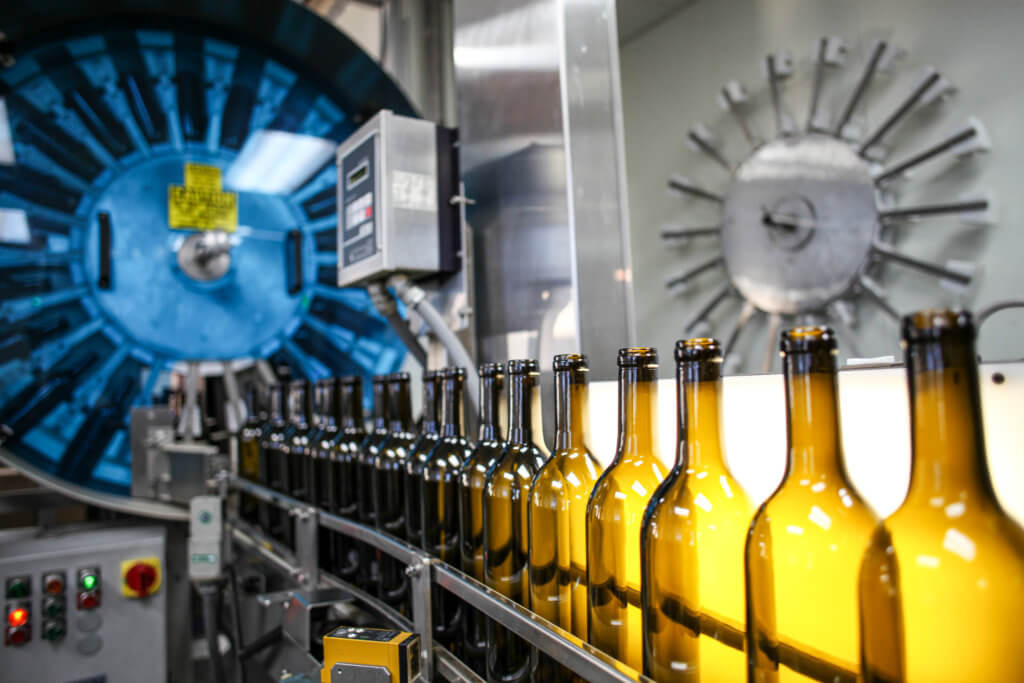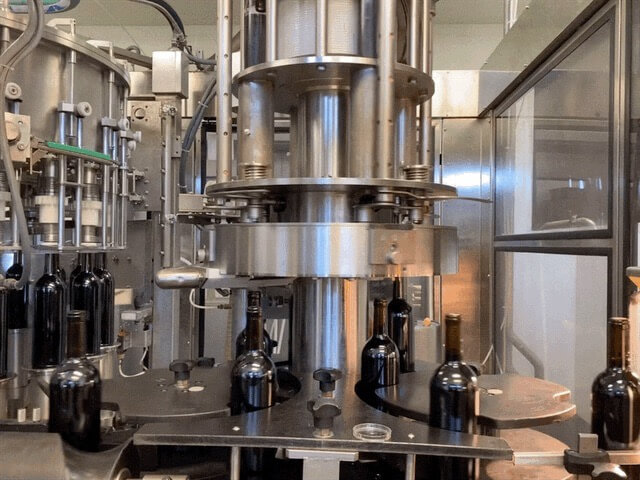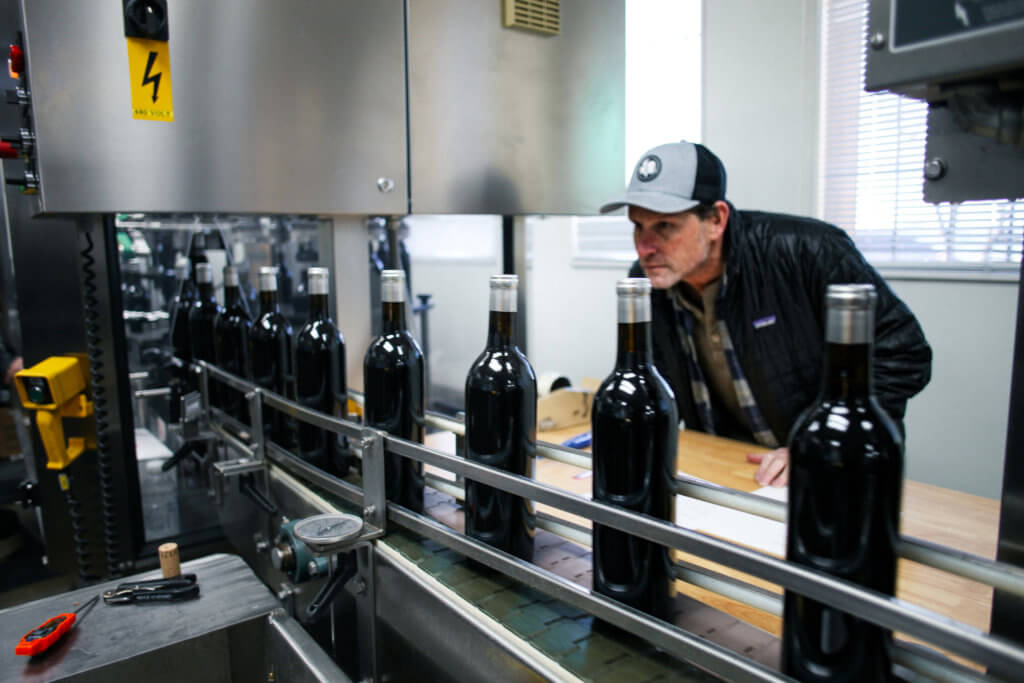Our Ongoing Commitment to Sustainability: Lightweight Glass
Blog Post
John Olney, Head Winemaker & COO, has written the following summary of our journey to using lightweight glass. Learn more about all of our sustainable packaging developments.
“For hundreds of years, glass has been the container of choice for wineries around the world. It is easily formed into many shapes and efficiently sealed with a cork, imparting no unwanted flavors to the wine.
Manufacturing glass, however, requires significant energy inputs to heat raw materials and therefore plays a big part in the overall carbon footprint of any winery. Bottling plants produce bottles that share the same shape and color but vary considerably in weight. Empty wine bottles range from 400g to above 1,000g. The heavier the bottle, the more energy is required to produce that bottle and ship it throughout the country or around the world.



So bottle weight presents a choice and opportunity for each winery to minimize their impact on the environment. In 2020, Ridge Vineyards initiated a self-audit to understand how much our bottles weigh and where they fall in the “heaviness” range. An empty 750mL RIDGE bottle weighed 575g, so we began trials using lighter bottles.
In 2022, we converted entirely to lighter bottles weighing 465g, a reduction of almost 20%. We are also now sourcing our bottles, including raw materials, locally within California, minimizing greenhouse gases associated with shipping.
The risk of moving to lightweight glass, of course, is the increased possibility of breakage. So far, this has not been a problem. Encouraged by these results, we are now looking at other possibilities to use more environmentally friendly glass, such as sourcing from vendors who use the highest percentage of recycled glass.”
Reduced Environmental Impact
On average, glass bottles alone account for about 20% of total emissions in the wine industry. Prior to our switch to lighter weight glass, Ridge Vineyards was already using one of the lightest weight glass bottle options on the market. With our switch to an even lighter glass, we are doing our part to reduce our carbon footprint.
Let’s take a closer look at our reduced carbon footprint over the course of the next two years:
Burgundy bottle weight decrease: 136g per bottle (from 600g to 464g, a 23% decrease in weight)
- With our Burgundy bottles alone, we will save 41,973.62lbs (19,038,912g) in shipping weight
- Or 19 metric tons
- One Boeing 737
- A fully loaded city bus
- One fully loaded shipping container
- A gray whale
Bordeaux bottle weight decrease: 86g per bottle (from 550g to 464g, a 16% decrease in weight)
- With our Bordeaux bottles, we will save 166,003.27lbs (75,297,816g) in shipping weight
- Or 75 metric tons
- An empty space shuttle
- Two fully loaded 18-wheelers
- One 4-year-old blue whale
Wait!
In order to qualify for user related discounts, you must log in before proceeding with checkout. Click the button below to log in and receive these benefits, or close the window to continue.
Log In